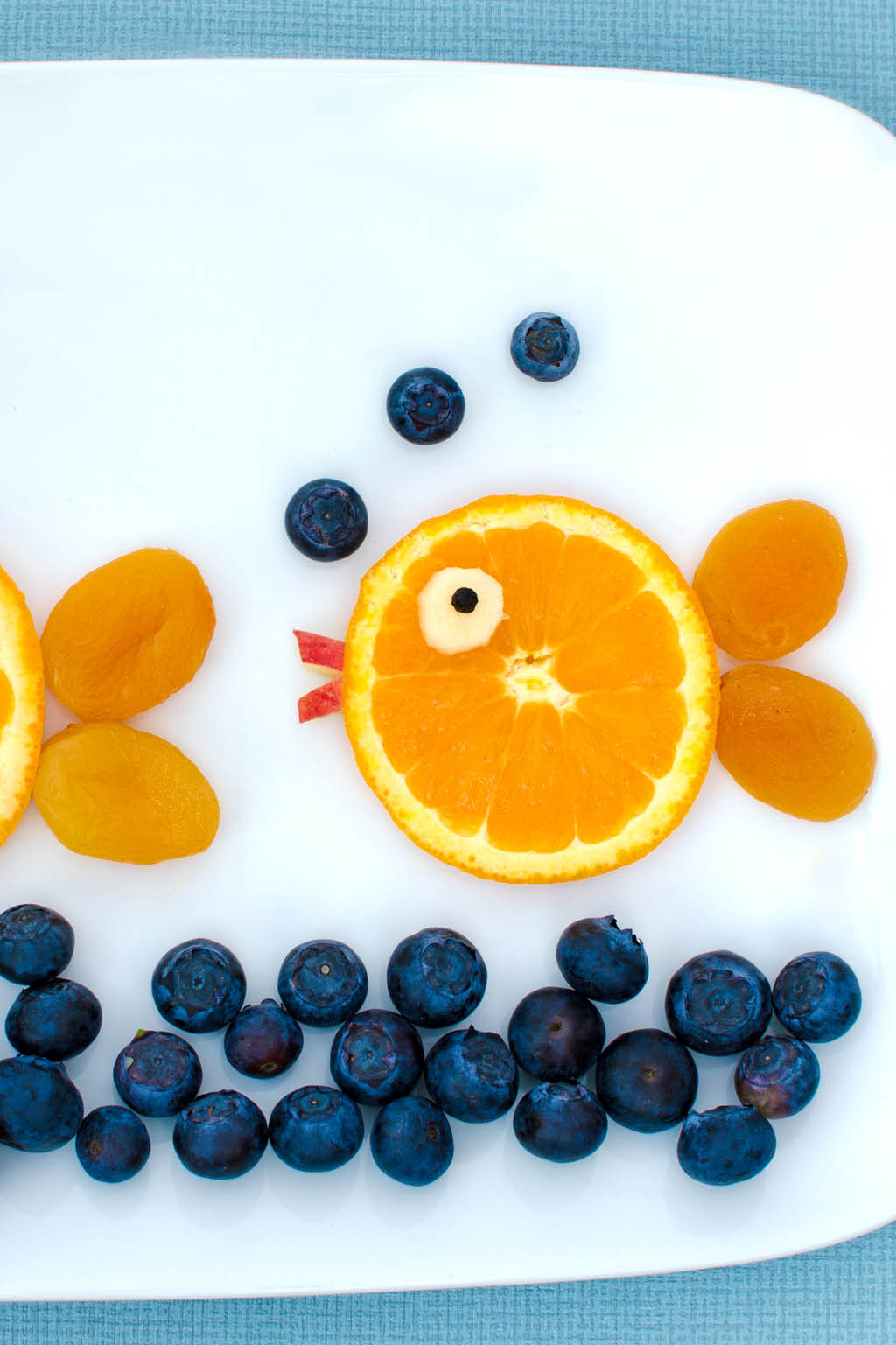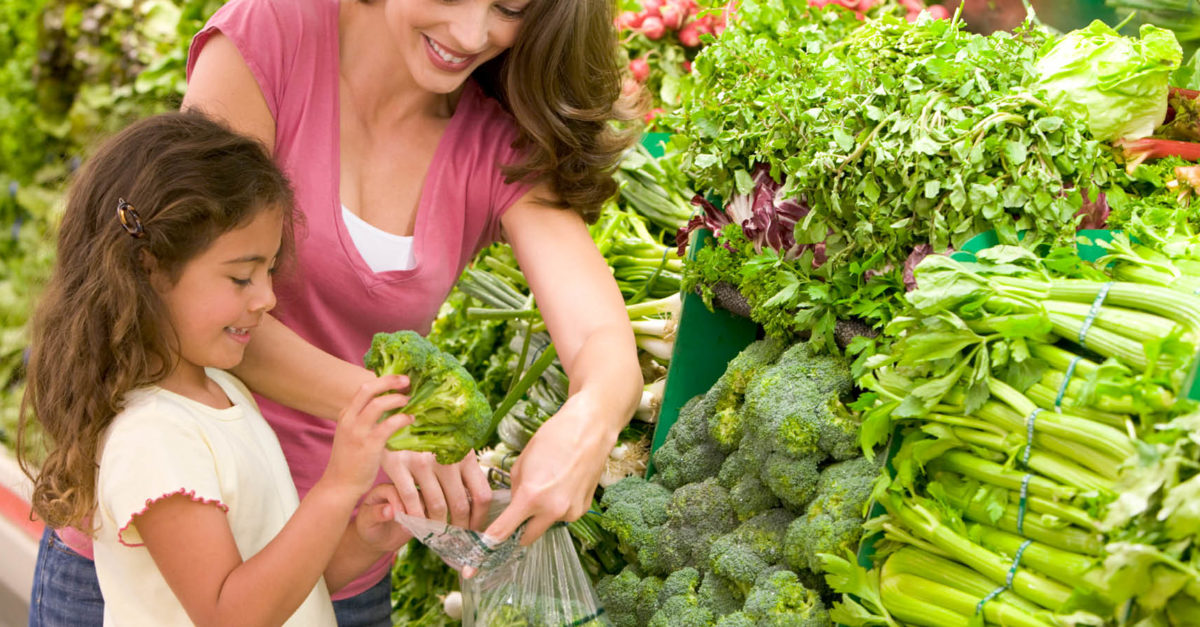Producing Healthy Habits
When I was a kid, I had enemies. We didn’t get along at all, and I’d fight them all the time. They were just plain nasty. My nemesis was lima beans. I have vivid memories of staring down these starchy, squishy monstrosities and refusing to eat them (especially my grandmother’s, which always seemed to be mutant, giant-sized versions). I could handle most other fruits and vegetables—though, looking back, I didn’t eat them as much as I should have.
That’s because, when I was growing up, the food pyramid was stacked a little differently—it called for two servings each of fruits and veggies a day. Today, however, the recommendation has been upped to half of your total plate. I likely was not getting enough produce in my diet … and I still don’t.
My experience is not the exception, unfortunately. Today, an estimated three-quarters of Americans have an inadequate daily fruit and vegetable intake while taking in way too much sodium, saturated fats, and added sugars. That needs to be reversed. Doing so will provide better nutrition, of course, but also many preventative health benefits, according to studies—including reducing the risk of stroke, heart disease, and cancer when ten servings of produce a day are consumed.
To her credit, my mom had her ways of getting her sons to eat fruits and vegetables. At every dinner, for example, we had a vegetable on our plates and, in a twist, we also ate applesauce at lunch and dinner. (My dad had his ways, too, with his “You’ll sit there until you’re done eating” edict.)
So where there’s a will, there’s a way. Sometimes the will just needs to be served with a side of creativity.
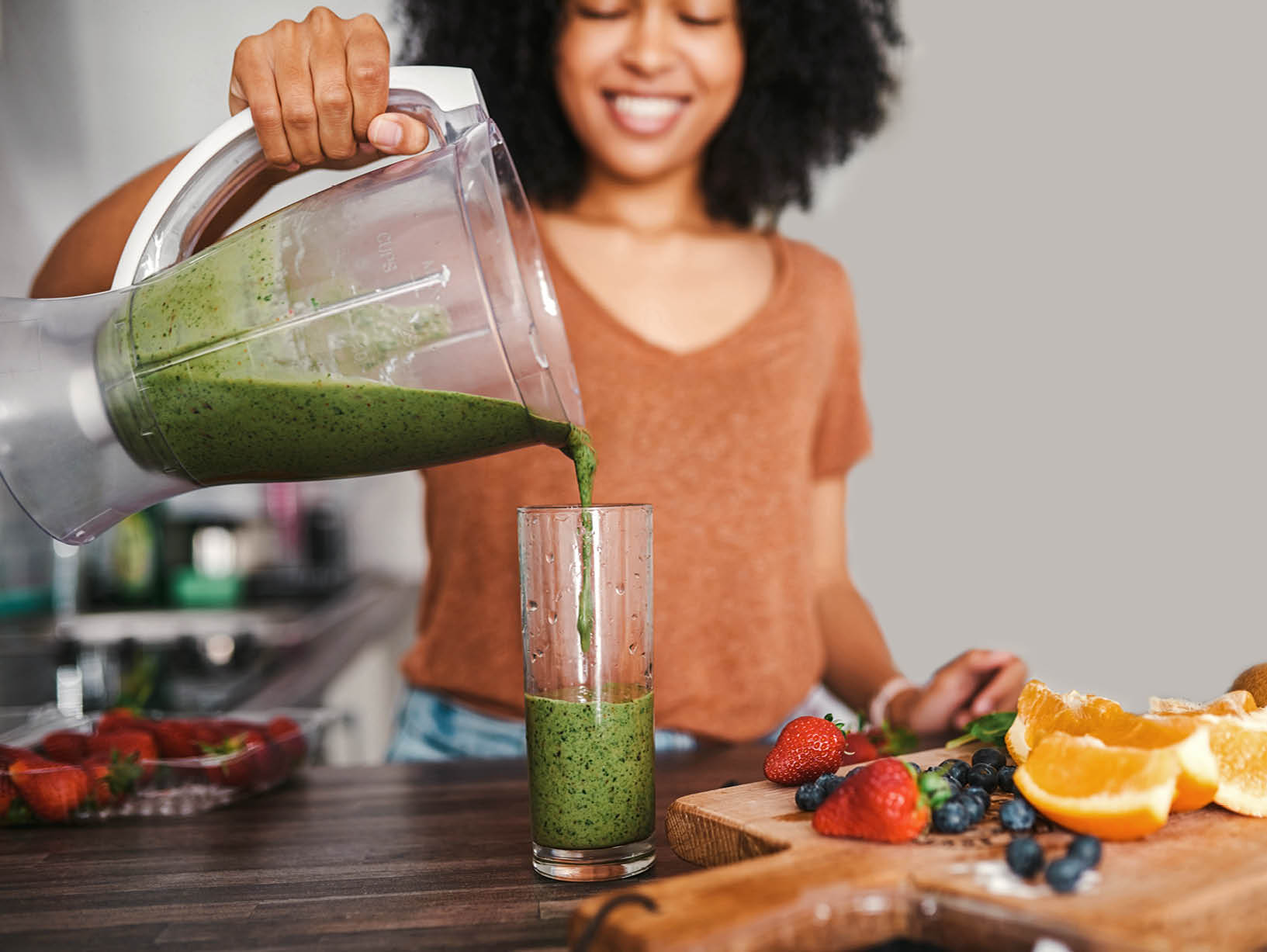
CHANGE YOUR STRATEGY
Sure, incorporating produce into a meal could be as simple as adding tomatoes and lettuce on a burger, but that also makes it easy for somebody like me, who dislikes tomatoes, to remove them. The trick is to make them more enticing or at least less conspicuous.
Replace the carbs:
- Try swapping bread with hearty romaine leaves for sandwiches and burgers.
- If you want to be subtler, use ingredient substitutions. For example, serve pizza with cauliflower crust; nobody will likely taste the difference. (And while you’re at it, load your pizza with vegetable toppings.)
- Get out your spiralizer, and make “noodles” out of veggies like carrots or zucchini.
Add to the carbs:
- For that vegetable noodle dish, take advantage of the pasta sauce by blending extra veggies like peppers and onions into it.
- If you make your own soups or dips, make sure to pack them with plenty of your favorite veggies.
- For items like homemade pastries, load them up with fruit to balance the nutrition more. My wife does this with her blueberry buckle, which is bursting with fresh fruit.
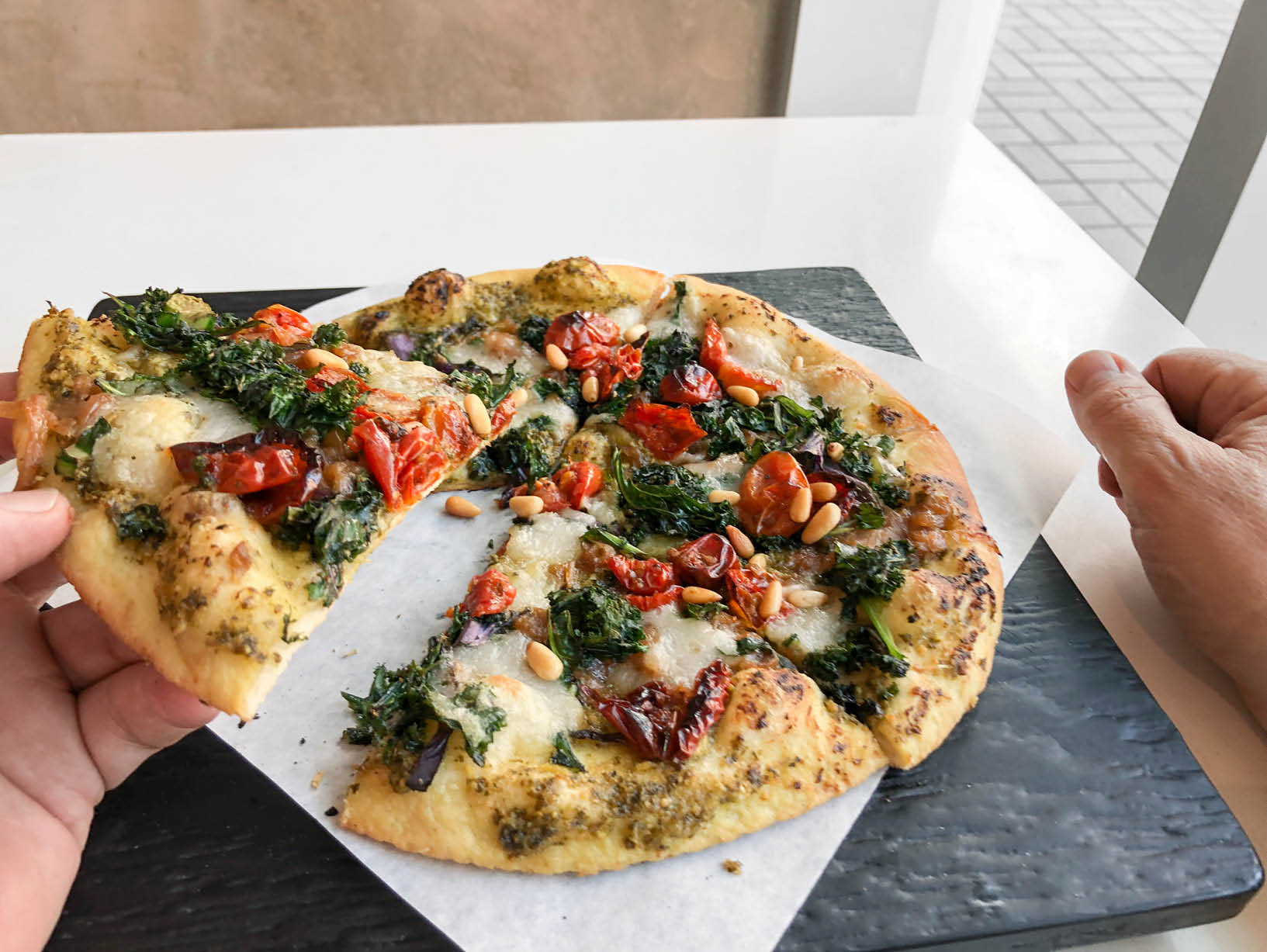
Freeze your fruit:
Perhaps the most deviously ingenious way to get people to lunge for fruit is to make it look completely like a treat. An easy way to do this is to create homemade freezer pops using sliced or pureed fruits like blueberries or strawberries.
START THE DAY RIGHT. Breakfast meals practically beg for fruits and vegetables—a standby like adding bananas or blueberries to cereal, veggies to an omelet, or fruit in or atop pancakes is always welcomed. To maximize your produce intake, you can also get out your blender and make a delicious smoothie using fresh fruits and veggies.
ROAST ‘EM. A surefire way to change someone’s taste about something they’d rather not eat is to change the taste itself. A hint of smoky, grilled flavor on fruits like peaches and mangoes is wonderful, and lightly charred bell pepper kabobs hit the spot as a veggie side dish.
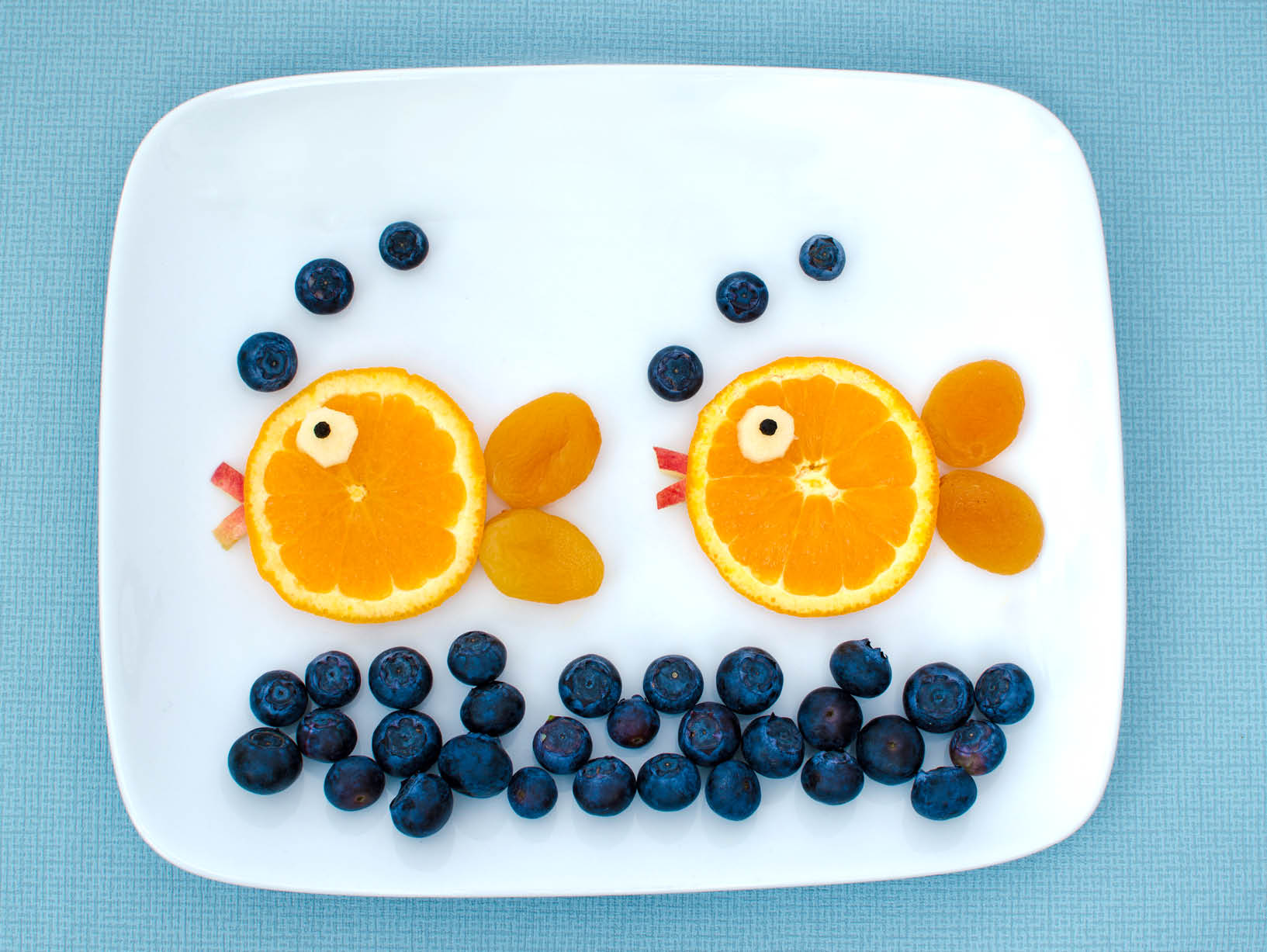
CHANGE BEHAVIORS
It’s one thing if you’re in control of what’s in the fridge and on the plate, but sometimes that’s not enough. Making the effort to create better produce-eating habits—for yourself and your loved ones—can also reap nutritional benefits.
DO AS YOU SAY. Start with yourself. Simply put, if the people you want to influence don’t see you eating produce regularly, why should they? (Besides, if you have kids, you can play it up and sell the product: “Mmmmm! This broccoli is so good!”)
MAKE FRUIT AND VEGGIES YOUR GO-TO SNACKS. This technique works for me. Like many other people, I tend to eat out of boredom or habit, which can be problematic. However, when I have the self-discipline to say “It’s OK to reach for a snack, as long as it’s a fruit or vegetable,” it works wonders for my health. Plus, kids tend to respond surprisingly well when boundaries are strategically shifted to make healthy food more appealing.
GET EVERYONE INVOLVED. If people feel more ownership in a project, they’ll be more excited about it—and food is no different, especially for kids. So go to the grocery store or farmers market together, and let everyone pick out the produce. If you have a vegetable garden, ask your kids to help you maintain it.
MAKE IT FUN. There are many ways you can add entertainment to snacking, many of which you can find online. For kids, you can make a playful plate of fruit-and-veggie slices designed as animals or a healthy dip to use with veggies, which you can let them scoop away with celery or carrot sticks. (Plural is important here, too, since you want them eating more veggies than dip.)
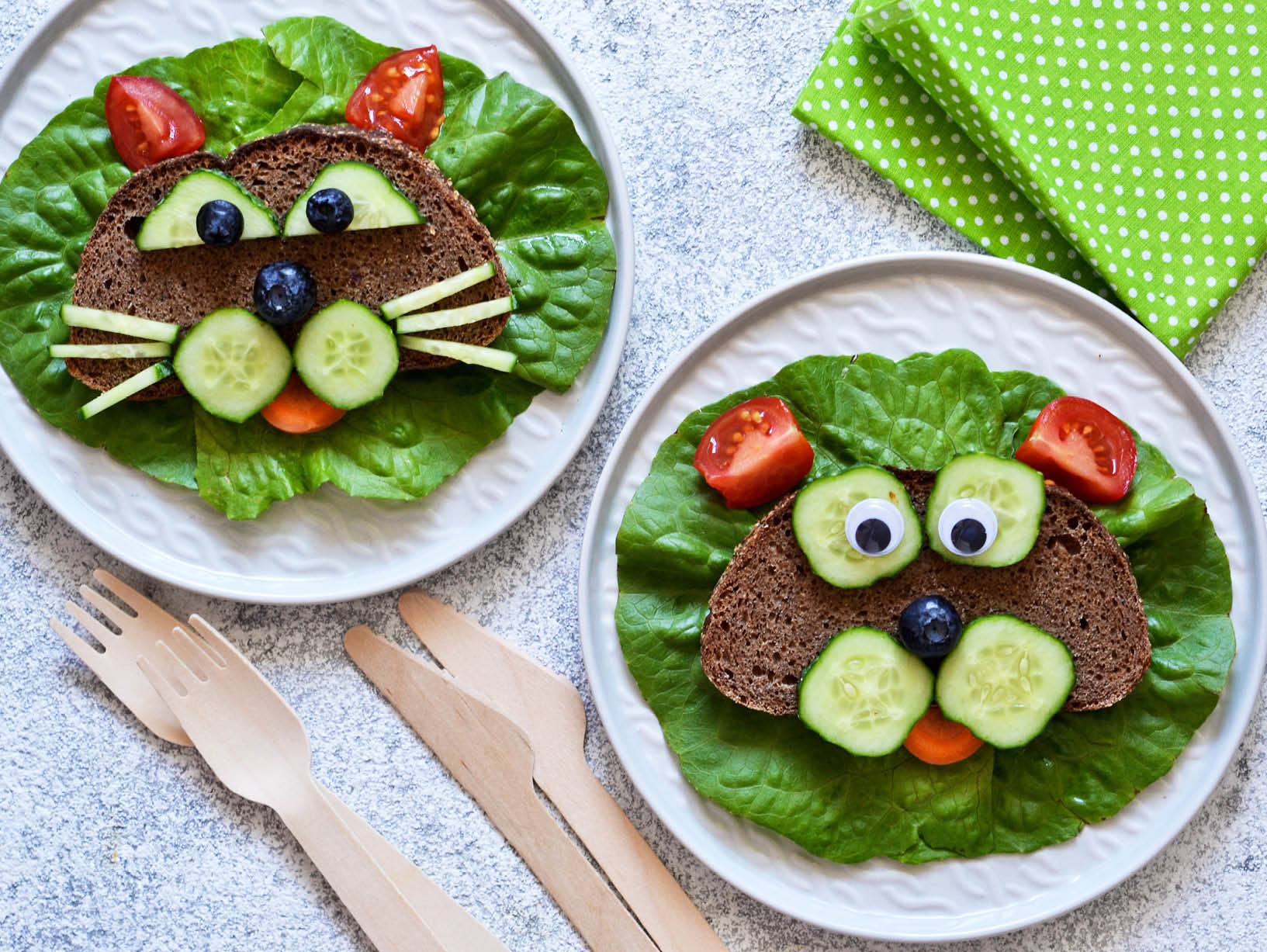
Another trick is to take advantage of bountiful varieties, which is what I did with apples for my family. One day, I brought home five apples we had never tried before and did a blind taste test to see who liked which ones. It was a lot of fun, and it expanded our fruit options.
These are just a few of the ways you can easily incorporate more fruits and veggies into your family’s daily diet. The important takeaway is to keep trying until you find something that works for your family’s dynamic and tastes—it will produce better health for everyone in the long run.
For more info, visit myplate.gov
